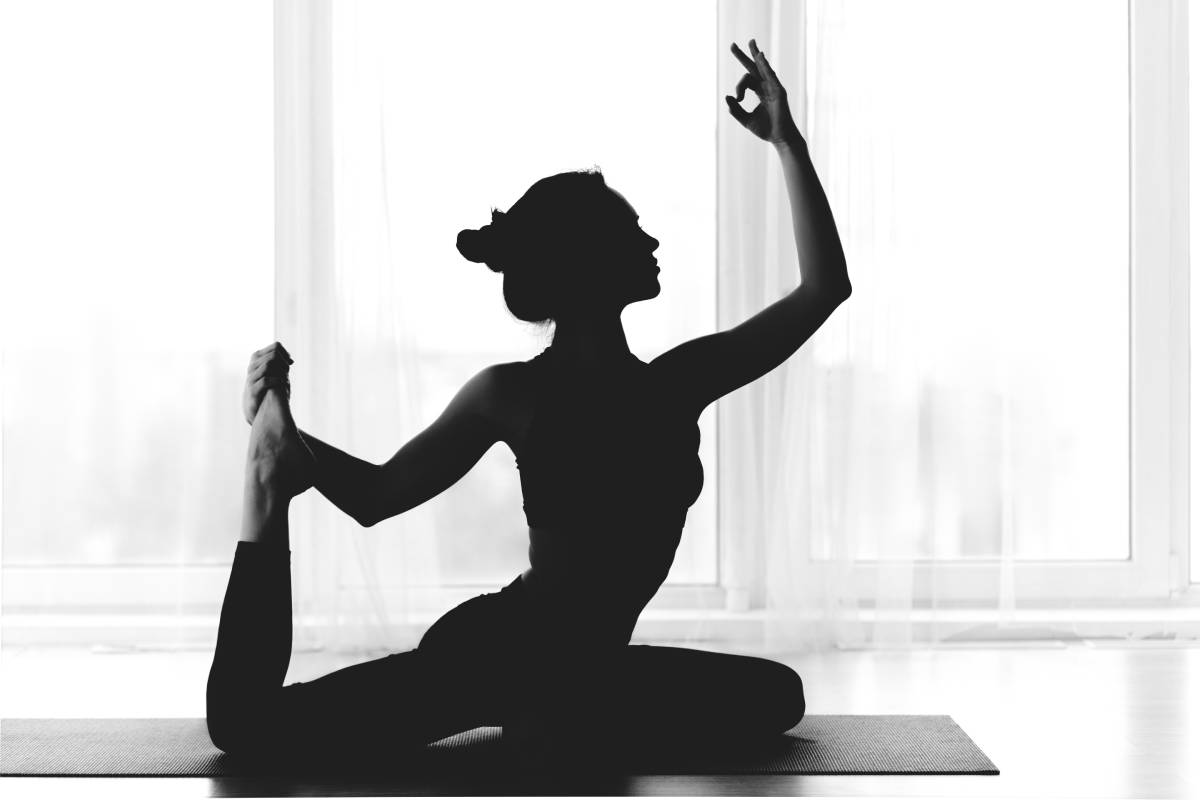Incorporating Yoga into a Physical Therapy Routine

Yoga’s global popularity has risen dramatically in recent decades [1]. In addition to being a form of routine exercise, physical therapists have seen the value in incorporating yoga into their patients’ rehabilitation routines [1]. Physical therapy (PT) patients can benefit from the numerous advantages of yoga: autonomic nervous system relaxation, increased flexibility, improved strength, and psychological healing [1]. Combined with the relative ease with which yoga can be learned and taught to a patient, there is more reason than ever to add yoga to one’s training repertoire [1].
It is strongly recommended that physical therapists interested in practicing yoga with their patients complete some level of formalized yoga training [2]. Due to the breadth of the discipline, this helps ensure that therapists understand the wide range of movements they can teach their patients. Because yoga requires an intimate understanding of anatomy and the effects of various movements on the body, it is crucial that therapists learn these concepts formally [3]. Although the most common form of yoga training is a 200-hour long training, shorter courses may be offered by local medical education programs.
Before introducing a patient to yoga therapy, it is crucial to conduct an initial interview to gauge several facets of their health [2]. Because yoga is a psychophysiological exercise, understanding the patient’s mental state and physical ability is essential [1, 2]. Consequently, the discussion should touch on various components of their daily life, including relevant injuries, sleep quality, emotional state, digestion, and any stressors [2]. This initial interview should also include a physical assessment, in which the therapist measures the patient’s current strength and range of motion [2]. This information will inform the duration spent doing yoga exercises as well as the types of exercises chosen [4]. By the end of this initial interview, the patient and therapist should be more comfortable with one another, and the therapist should have a good idea of what to work on with the patient in the coming weeks.
A final recommendation for physical therapists is to be comfortable employing the wide range of tools yoga has to offer. Yoga is not confined to stretches; there are various components of yoga practice that focus on less physical techniques [1, 3]. One example is breathing [3]. Teaching patients proper breathing techniques is linked to augmenting their respiratory function, decreasing their stress, and improving their posture [1]. Another tool is mindfulness, or the ability to be present in the current moment. By emphasizing mindfulness, physical therapists can help patients manage their pain symptoms and lead a calmer life [3]. Mindfulness can be added to a yoga regimen by allotting time for guided mediation, a simple but meaningful addition that can help patients significantly over the long run.
Researchers have seen yoga’s positive benefits in helping people with chronic low back pain, post-stroke symptoms, and Parkinson’s Disease, among many other conditions [5, 6, 7]. It may not be a traditional form of physical therapy, but its documented success and manageability suggest that yoga may be a revolutionary skill set for physical therapists to have.
References
[1] S. B. S. Khalsa, “Yoga as a Therapeutic Intervention” in Principles and Practice of Stress Management, 3rd ed. New York, NY, USA: Guilford Press, 2007, ch. 1, p. 449-454.
[2] M. Wojciechowski, “PT Practice Settings: Yoga,” PT Magazine, May 17, 2008. [Online]. Available: https://bit.ly/3kQcuIP
[3] C. Kub, “Yoga as Rehabilitation: It’s Not Just the Poses!” Summit Professional Education, September 26, 2018. [Online]. Available: https://blog.summit-education.com/physical-therapy/yoga-as-rehabilitation-its-not-just-the-poses/
[4] J. Park, C. A. Krause-Parello, and C. M. Barnes, “A Narrative Review of Movement-Based Mind-Body Interventions Effects of Yoga, Tai Chi, and Qigong for Back Pain Patients,” Holistic Nursing Practice, vol. 34, no. 1, p. 3-23, Jan 2018. [Online]. Available: https://doi.org/10.1097/HNP.0000000000000360
[5] F. Zhu et al., “Yoga compared to non-exercise or physical therapy exercise on pain, disability, and quality of life for patients with chronic low back pain: A systematic review and meta-analysis of randomized controlled trials,” PLoS ONE, vol. 15, no. 9, p. 1-21, Sept 2020. [Online]. Available: https://doi.org/10.1371/journal.pone.0238544
[6] L. Zou et al., “A Systematic Review With Meta-Analysis of Mindful Exercises on Rehabilitative Outcomes Among Poststroke Patients,” Physical Medicine and Rehabilitation, vol. 99, no. 11, p. 2355-2364, Nov 2018. [Online]. Available: https://doi.org/10.1016/j.apmr.2018.04.010
[7] G. Moriello et al., “Incorporating yoga into an intense physical therapy program in someone with Parkinson’s disease: a case report,” Journal of Bodywork and Movement Therapies, vol. 17, no. 4, p. 408-417, April 2013. [Online]. Available: https://doi.org/10.1016/j.jbmt.2013.01.005
